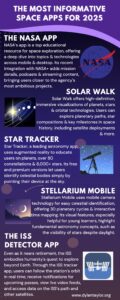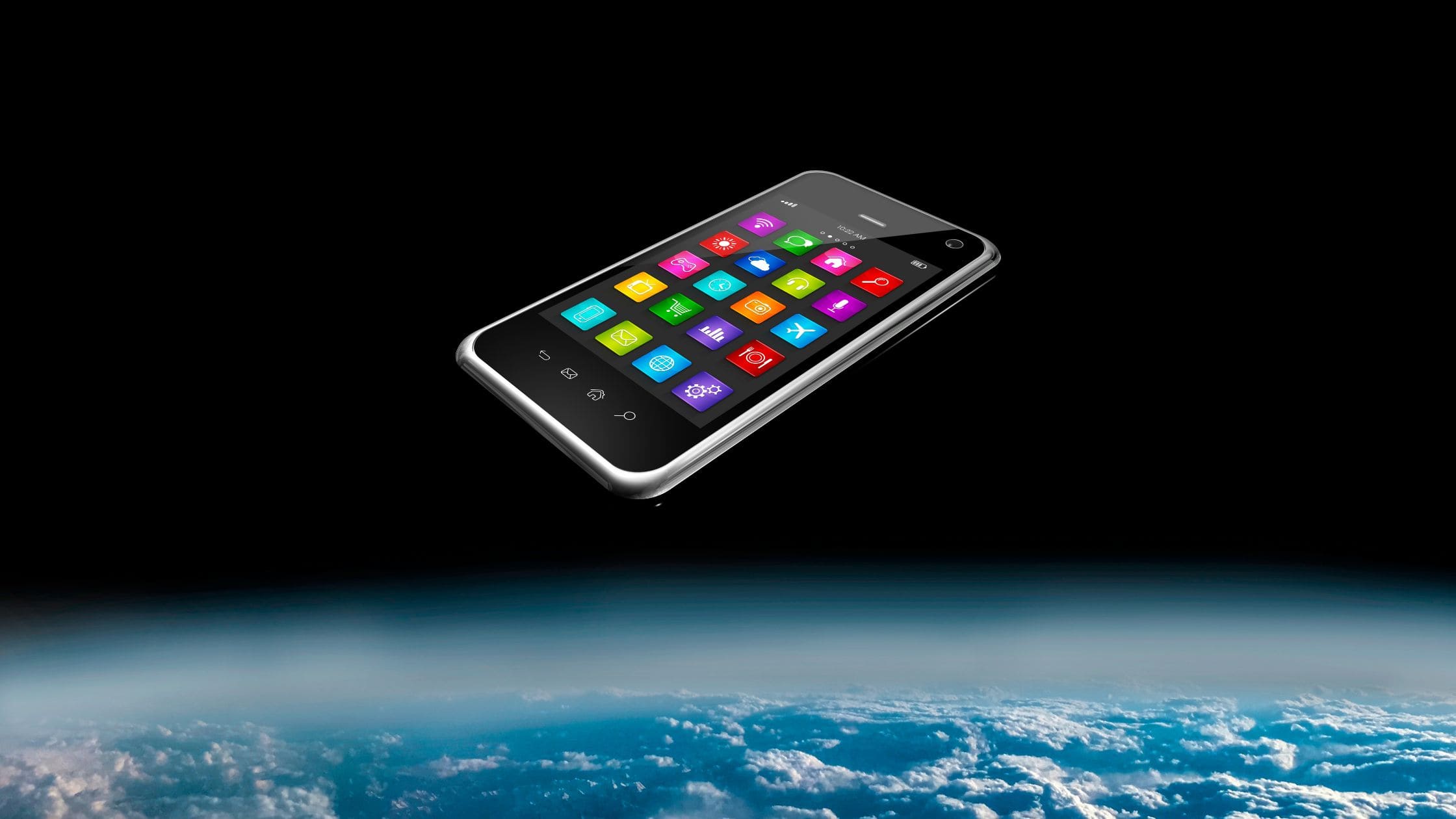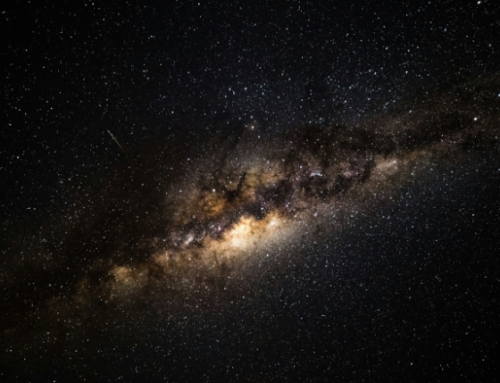Today’s interconnected, dynamic technological landscape has given way to various educational benefits and resources – among them, those bolstering the educational impact of astronomy, space exploration, and space-related research. App-based learning, in particular, now offers a more hands-on and in-depth means of understanding space’s complexities, infrastructural advancements, and natural phenomena.
Here are a few informative, intuitive space-related apps accessible through most smart devices.
The NASA app
NASA’s multifaceted app is arguably the foremost educational resource for the space sector. Available in mobile and desktop format, the app offers a comprehensive look at countless space-related topics, processes, technologies, and ongoing initiatives. Recent redesigns have also led to the app’s integration with the NASA+ streaming platform, which augments these features with comprehensive mission information, podcast access, and other offerings, pulling back the curtain on the space industry’s most ambitious goals and insights.
Solar Walk
Solar Walk is one of many space resources providing high-definition, immersive visual modeling to showcase planets, celestial bodies, and in-orbit technologies. Specifically, the app allows users to digitally explore stars, planetary trajectories, compositional characteristics, and various points of interest related to space exploration history and satellite deployment (among many other features).
Star Tracker
As one of the app market’s premiere astronomy resources, Star Tracker aids space-related education by offering an augmented reality (AR)-based look at the planets – as well as over 80 constellations and more than 8,000 stars. Both the app’s free base version and paid premium version feature the ability
to identify various celestial bodies by simply pointing an equipped device’s camera at the sky.
Stellarium Mobile
Similarly, Stellarium Mobile allows for intuitive celestial identification via mobile camera technology. Stellarium illustrates planetary cycles and astronomical changes through 3D rendering and interactive time mapping, conveying key lessons and fundamental information. These features are especially beneficial for younger minds interested in space; for example, the app visually underscores how stars are always present despite their low visibility in sunlight.
The ISS detector app
Despite its impending retirement, the International Space Station (ISS) remains emblematic of humankind’s collective
aspirations to look beyond Earth. The station’s affiliated detector app enables users to track the ISS as it circles Earth, allowing for real-time observation (including notifications of the station’s impending passes), information about time and trajectory, live-streamed video content from ISS cameras, and insight pertaining to other satellites in orbit.
These resources are just a few contributing to a more space-literate society, inspiring tomorrow’s astronauts and aerospace engineers to learn more, think bigger, and reach further.







